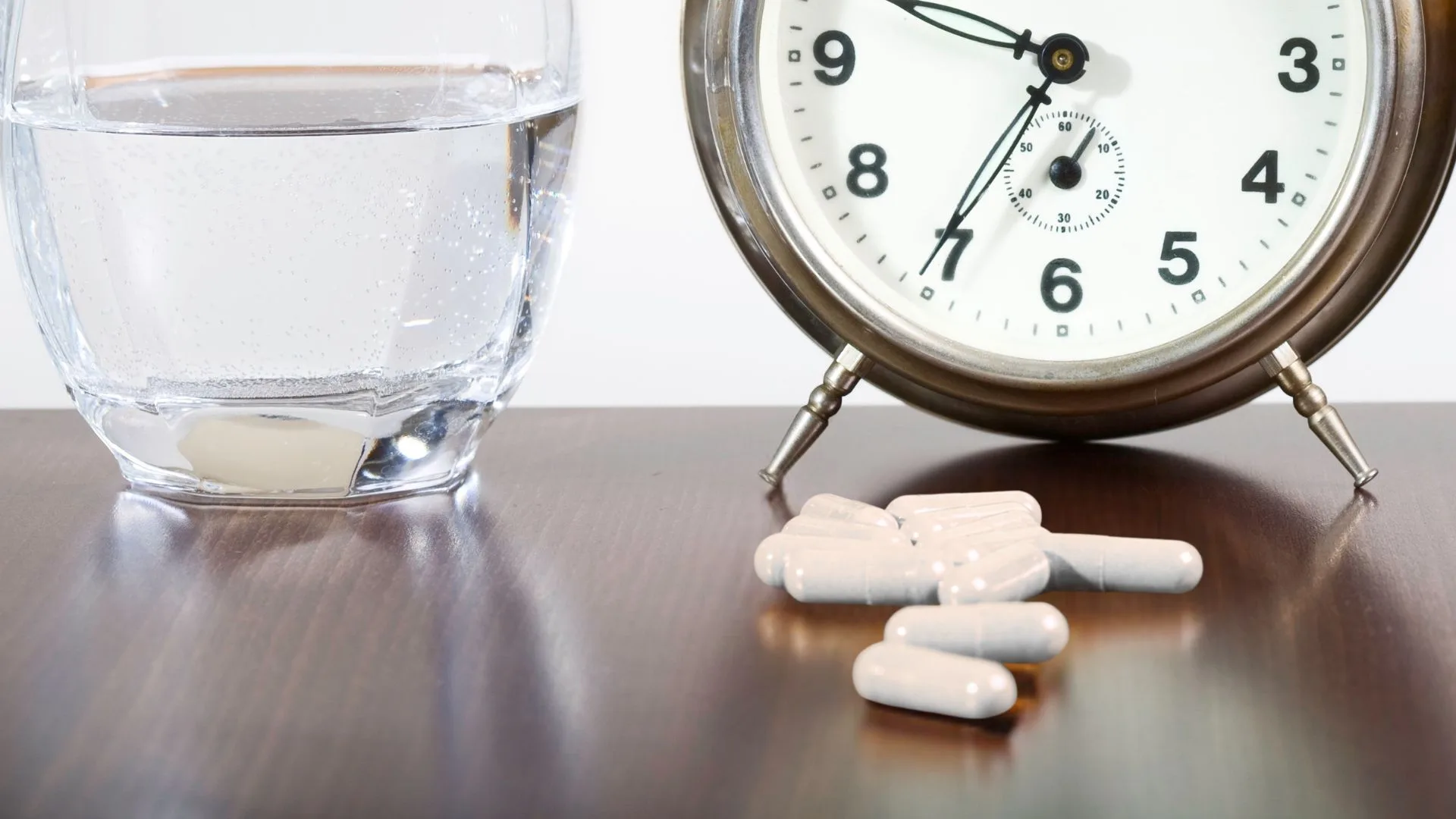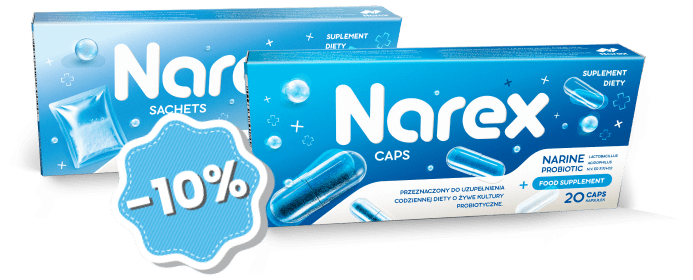
How Long Should You Take Probiotics?
Probiotics are live microorganisms that, when taken in adequate amounts, provide health benefits to the host. The most common types include Lactobacillus and Bifidobacterium species, known to support digestive health, strengthen the immune system, and even improve mood. But how long should you take probiotics to see real results?
Duration of Probiotic Use
There’s no single answer—it depends on several factors, including your health condition, the purpose of supplementation, the type of probiotic used, and the dosage.
1. Health condition
Healthy individuals who simply want to maintain gut balance often need only a few weeks of probiotic use. People recovering from antibiotic therapy or dealing with conditions like IBS or inflammatory bowel disease may need longer supplementation.
2. Purpose of therapy
For general digestive support, probiotics can be taken daily for several months or even longer. For acute cases, such as antibiotic-associated diarrhea, a 4–8 week course is typically recommended.
3. Type of probiotic
Different probiotic strains serve different purposes. Lactobacillus rhamnosus GG helps prevent diarrhea, while Bifidobacterium infantis is effective for IBS. Choosing the right strain based on your needs is essential.
4. Dosage
Probiotics are measured in CFU (colony-forming units). Typical daily doses range from 1 billion to 100 billion CFU, depending on your health goals. Higher doses may be needed for severe conditions, while lower ones are sufficient for maintenance.
Example durations:
Gastrointestinal infections: 1–2 weeks
After antibiotic therapy: during treatment and at least 1 month afterward
IBS: minimum 8 weeks
General support: ongoing use with periodic breaks
Always consult a doctor or nutritionist to choose the right strain, dosage, and duration for your individual needs.
Probiotics and Antibiotics
If you’re taking antibiotics, it’s best to start probiotics at the same time and continue for at least one month after finishing treatment. Antibiotics kill both harmful and beneficial bacteria, often leading to imbalance and antibiotic-associated diarrhea (AAD), which affects about 30% of patients.
Probiotics such as Lactobacillus rhamnosus GG and Lactobacillus acidophilus can help restore balance by repopulating the gut with beneficial bacteria and reducing the risk of AAD.
The Narine Strain
Narine refers to Lactobacillus acidophilus n.v. Er 317/402, a probiotic strain discovered by Armenian microbiologist Levon Akopovich Erzinkyan in the 1960s. He isolated it from his granddaughter Narine’s intestines and, after using it to treat her severe gut infection, noticed remarkable recovery. In honor of her, the strain was named “Narine.” It quickly became a trusted probiotic in Armenia and is still widely used today for its stability and effectiveness.
Learn more about Narex probiotics: link
Duration of Therapy for Specific Conditions
Gastrointestinal infections: Use probiotics for 1–2 weeks to relieve symptoms.
IBS: Continue for at least 8 weeks to assess improvement. Strains like Lactobacillus acidophilus and Lactobacillus plantarum are particularly effective.
General health support: Long-term daily use is safe, though periodic breaks every few months are advised.
Probiotics can safely be part of a long-term wellness routine, provided you monitor your body’s response.
Summary
The optimal duration of probiotic use depends on your health status, the condition being treated, and the strain chosen. Short courses may be enough for acute issues, while chronic conditions often require extended use. Regular supplementation supports gut balance, immunity, and overall well-being. Always seek medical guidance for personalized recommendations.







